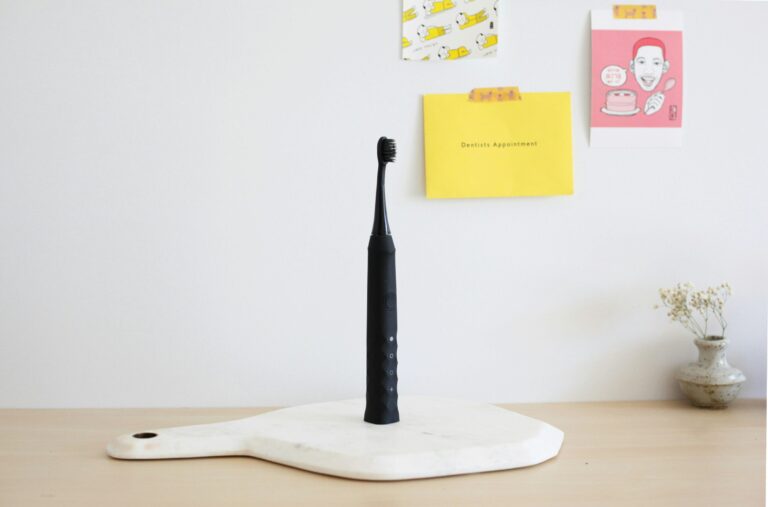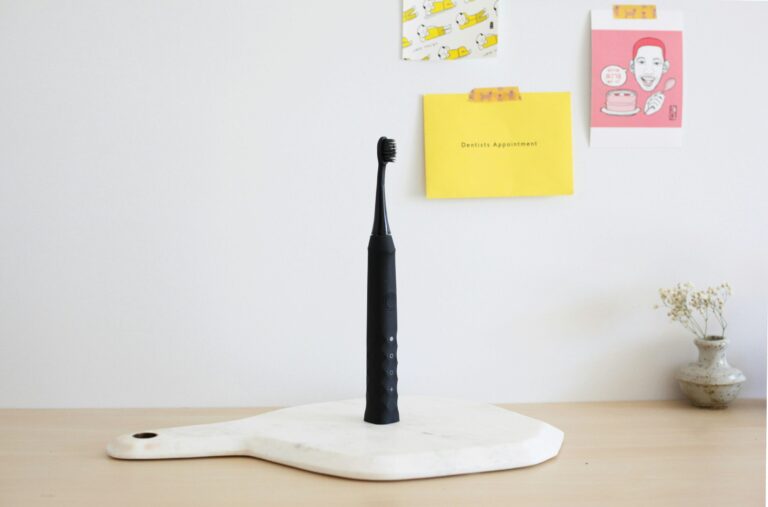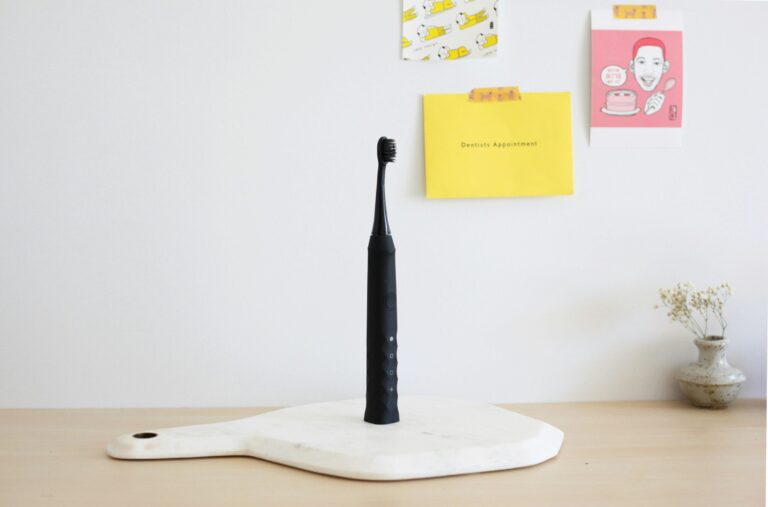In the quest for a brighter smile and healthier gums, many people are turning to natural remedies like oil pulling. Originating from ancient Ayurvedic practices, oil pulling involves swishing oil around in the mouth for several minutes each day to promote oral health. While the concept may seem simple, there’s more to oil pulling than meets the eye. From selecting the right oil to determining the optimal swishing duration, creating a customized oil pulling routine is essential for maximizing its benefits.
In this comprehensive guide, we’ll walk you through the steps to create your customized oil pulling routine. Whether you’re looking to whiten your teeth, freshen your breath, or improve your overall oral hygiene, oil pulling can be tailored to meet your specific needs.
Benefits of Oil Pulling
1. Promotes Oral Hygiene
Oil pulling is renowned for its ability to promote oral hygiene by removing harmful bacteria from the mouth. When swished around the mouth, the oil binds to bacteria, plaque, and toxins, pulling them away from the teeth and gums. This can help reduce the risk of cavities, gum disease, and bad breath, leading to a cleaner, healthier mouth.
2. Whitens Teeth
In addition to its oral hygiene benefits, oil pulling is also touted for its teeth-whitening properties. By removing surface stains and plaque buildup, oil pulling can help brighten the teeth and reduce yellowing. Over time, regular oil pulling can result in a noticeably whiter smile, without the need for harsh chemical whitening agents.
3. Soothes Gum Sensitivity
For those with sensitive gums or oral issues such as gingivitis, oil pulling can provide relief and promote healing. The gentle swishing action helps to massage the gums and increase blood flow, reducing inflammation and irritation. Additionally, certain oils used in oil pulling, such as coconut oil, have antibacterial and anti-inflammatory properties that can further soothe gum sensitivity and promote gum health.
4. Freshens Breath
Oil pulling is an effective way to combat bad breath and leave your mouth feeling fresh and clean. By removing odor-causing bacteria and toxins from the mouth, oil pulling helps to neutralize unpleasant odors and promote long-lasting breath freshness. Using oil pulling into your daily routine can help you maintain confidence in your breath throughout the day.
Choosing the Right Oil
Coconut Oil
Coconut oil is one of the most popular choices for oil pulling, thanks to its antimicrobial properties and pleasant taste. Rich in lauric acid, coconut oil helps to combat bacteria, reduce inflammation, and promote overall oral health. Its mild flavor makes it a favorite among those new to oil pulling, as it’s less likely to cause gagging or discomfort.
Sesame Oil
Sesame oil has been used for centuries in Ayurvedic medicine for its cleansing and detoxifying properties. It contains antioxidants and antibacterial compounds that help to remove toxins and protect against oral infections. While sesame oil has a stronger taste than coconut oil, some people prefer its nutty flavor and find it equally effective for oil pulling.
Olive Oil
Olive oil is another option for oil pulling, although it is less commonly used than coconut or sesame oil. Rich in antioxidants and anti-inflammatory compounds, olive oil can help reduce inflammation, soothe sensitive gums, and promote oral health. However, its strong flavor may be off-putting to some, so it’s essential to choose a high-quality, mild-tasting olive oil for oil pulling.
Creating Your Customized Oil Pulling Routine
Step 1: Choose Your Oil
Start by selecting an oil that suits your preferences and oral health needs. Coconut oil is an excellent choice for beginners, thanks to its mild taste and antimicrobial properties. However, feel free to experiment with different oils to find the one that works best for you.
Step 2: Determine Swishing Duration
The ideal swishing duration for oil pulling is typically between 10 to 20 minutes. However, if you’re new to oil pulling or find it challenging to swish for that long, start with a shorter duration and gradually increase it over time. Aim for at least five minutes of swishing to reap the benefits of oil pulling effectively.
Step 3: Incorporate Into Your Routine
Find a convenient time to incorporate oil pulling into your daily routine, such as first thing in the morning before brushing your teeth or while showering. Consistency is key, so try to oil pull at the same time each day to establish a habit.
Step 4: Swish and Spit
Take a tablespoon of your chosen oil and swish it around in your mouth, making sure to cover all areas, including between your teeth and along the gumline. Avoid swallowing the oil, as it will contain bacteria and toxins pulled from your mouth. After the designated swishing time, spit out the oil into a trash can or tissue, as it can clog drains over time.
Conclusion
To conclude, oil pulling is a simple yet effective practice for promoting oral health and hygiene. By creating a customized oil pulling routine tailored to your preferences and needs, you can enjoy the numerous benefits this ancient practice has to offer. Whether you’re looking to whiten your teeth, freshen your breath, or soothe gum sensitivity, oil pulling can be adapted to meet your specific oral health goals. So why not give oil pulling a try and see the difference it can make for your smile?
Frequently Asked Questions (FAQs)
1. How often should I oil pull?
For optimal results, aim to oil pull once daily, preferably first thing in the morning before eating or drinking anything. Consistency is key, so try to incorporate oil pulling into your daily routine to reap the full benefits.
2. Can I oil pull with any type of oil?
While coconut, sesame, and olive oil are popular choices for oil pulling, you can technically use any edible oil for this practice. However, it’s essential to choose a high-quality, unrefined oil that is free of additives or preservatives. Avoid using oils that are heavily processed or contain artificial ingredients.
3. How long does it take to see results from oil pulling?
The timeline for seeing results from oil pulling can vary depending on individual factors such as oral health status and consistency of practice. Some people may notice improvements in oral hygiene, breath freshness, and teeth whitening within a few weeks of starting oil pulling, while others may take longer to experience noticeable changes.
4. Can oil pulling replace brushing and flossing?
Oil pulling is not meant to replace brushing and flossing but rather to complement your oral hygiene routine. While oil pulling can help remove bacteria and toxins from the mouth, it does not replace the mechanical action of brushing and flossing, which are essential for removing plaque and food debris from the teeth and gums.
5. Are there any side effects of oil pulling?
Most people can oil pull without experiencing any adverse side effects. However, some individuals may experience temporary mild discomfort or irritation, particularly if they are new to oil pulling or using certain oils. If you experience any adverse reactions such as nausea, dizziness, or allergic symptoms, discontinue oil pulling immediately and consult with a healthcare professional.



